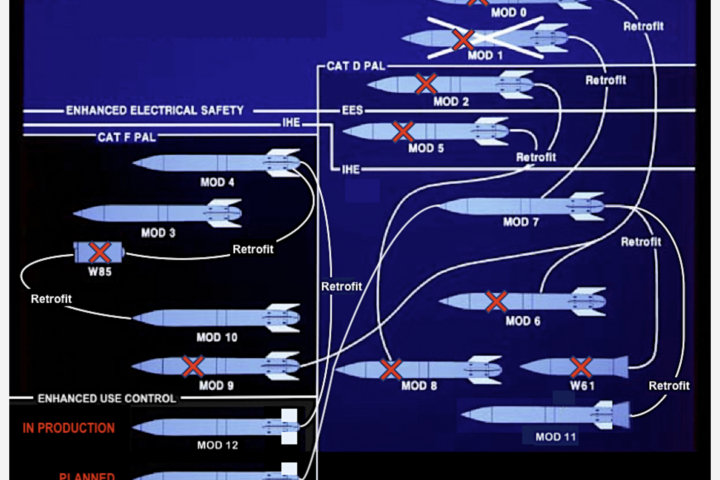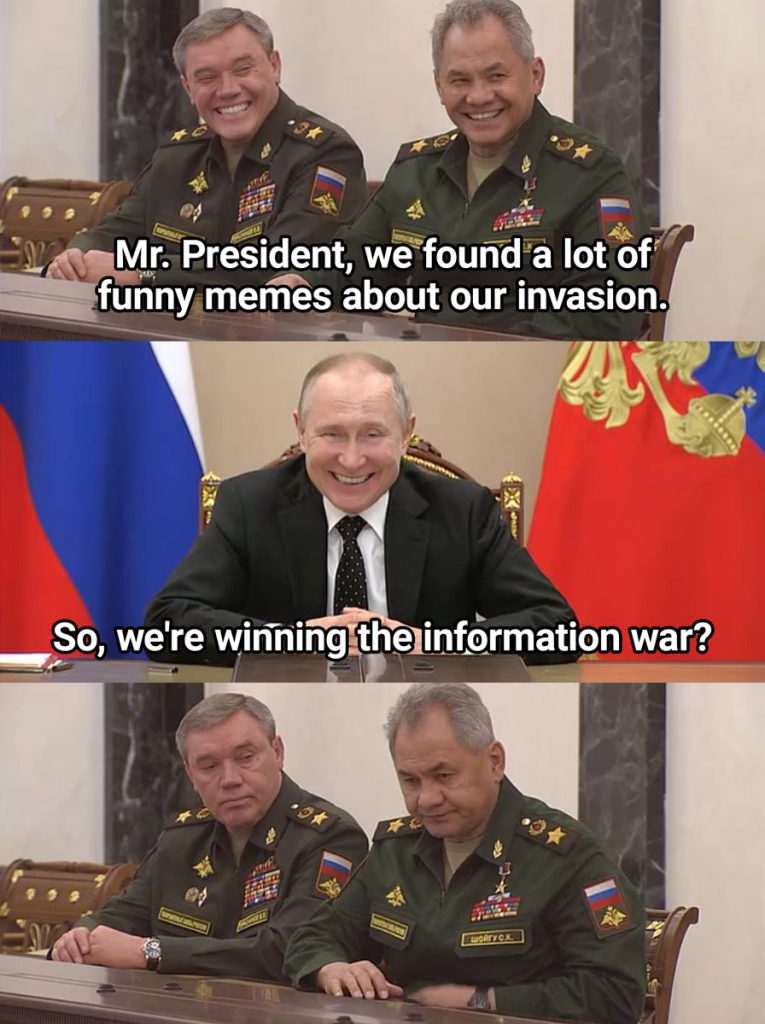Nuclear weapons:
The government shutdown has impact:
National Nuclear Security Agency confirms 152 furloughed at offices in Albuquerque, Los Alamos
Only 14 employees remain at the two sites By: Danielle Prokop-October 22, 2025
The NNSA confirmed 152 New Mexico employees charged with overseeing national laboratories’ nuclear weapons work were furloughed on Oct. 20, 2025. (Courtesy of NNSA)
The federal government this week sent home more than 150 federal New Mexico employees charged with overseeing national laboratories’ nuclear weapons work, with only 14 employees across two sites remaining at work, the National Nuclear Security Agency confirmed to Source NM.
The furloughs include 71 employees at NNSA’s Los Alamos field office and 81 at the Sandia National Laboratories location, NNSA Deputy Director of Communications Laynee Buckels told Source NM in an email. Seven employees remain at each site, working without pay, she said.
The field offices are responsible for “ensuring compliance with federal contracts to manage and operate the national security assets,” according to the NNSA website
To date there doesn’t appear to be furloughs at LANL, whose employees technically work for a contractor rather than the federal government. Congress is not furloughed, but Speaker Mike Johnson has kept the House out of session. As a result, legislation has come to a screeching halt.


/cdn.vox-cdn.com/uploads/chorus_image/image/71550878/GettyImages_515016314a.0.jpg)

 It seems like my generation has never before experienced this much nuclear fear. And what do we do with it? Laugh any way we can, for one. Putin has threatened the use of nuclear weapons by increasing Russia’s nuclear forces alertness levels and stating in a national address, “…For those who may be tempted to interfere in these developments from the outside, No matter who tries to stand in our way or all the more so create threats for our country and our people, they must know that Russia will respond immediately, and the consequences will be such as you have never seen in your entire history.”
It seems like my generation has never before experienced this much nuclear fear. And what do we do with it? Laugh any way we can, for one. Putin has threatened the use of nuclear weapons by increasing Russia’s nuclear forces alertness levels and stating in a national address, “…For those who may be tempted to interfere in these developments from the outside, No matter who tries to stand in our way or all the more so create threats for our country and our people, they must know that Russia will respond immediately, and the consequences will be such as you have never seen in your entire history.”